Home » Features » Interviews » New Wave »
CAPITAL GAINS
Filmography so far (project title, director, year released)
Crongton, Ethosheia Hilton, 2024
PTSD, Teddy Nygh, 2023
Journey Of Self, Evie Golding, 2023
Big Age, Nosa Eke, 2021
Note To Self, Benoit Swan-Pouffer, 2021
PRU, Teddy Nygh, 2022
To Be A Woman, Evie Golding 2022
GALWAD, Gethin Evans, 2022
When did you discover you wanted to be a cinematographer, and what inspired you to follow this career path?
My father exposed me to great movies from a young age and often took us to the cinema. He’d let us look through his telescope and show us how the stars lined up with his charts. We lived in a top-floor flat in London, watching the sun rise over the city and set over Hampstead Heath. The way the light danced through our home fascinated me, and we’d wake each other up if a sunrise was spectacular—it was a big thing. Directors and actors were all I saw from my child’s mind, so I decided to become a director—until all my DPs hated working with me because I was “doing their job more than my own.” After 10 years of working professionally as a director, I made the decision to change career… they were right!
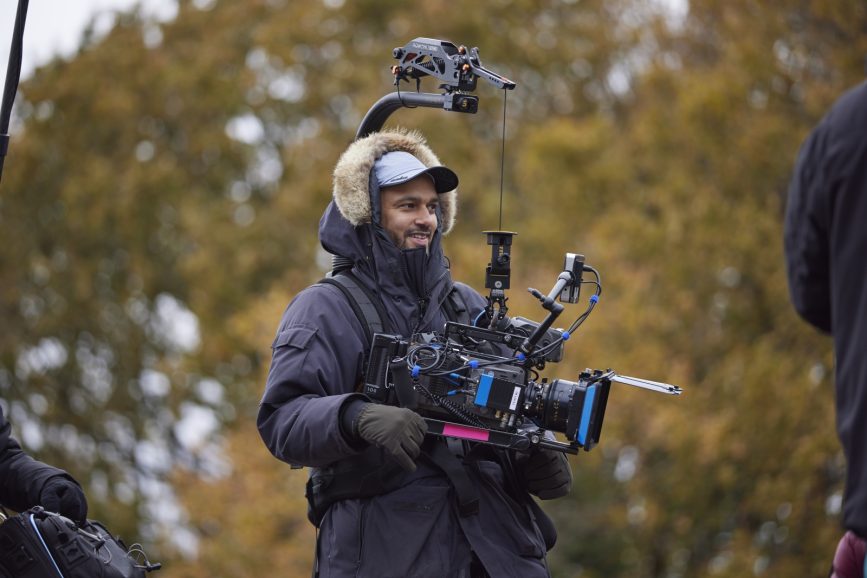
Where did you learn your craft?
I went everywhere with my DV camera, recording my brother and our friends who were MCs in the UK Grime music scene. We’d go to pirate radio, youth clubs, and raves. I had to find solutions to make an exposure at minimum, and as time passed, I realised I could make my friends stand out more by how they were lit, camera positions, etc. I could also play down the competition with the same methods; a bit naughty, really. I studied as a director at The Arts Institute at Bournemouth. Connie Templeman was my directing tutor, and she’d invite us to boot camp with Colin Young at their home; they gave us so much. Colin was from Glasgow, as was my late grandmother, so he really resonated with me.
What are your favourite films, and what makes them stand out to you?
The Goonies, Stand By Me, Small Faces, Run Lola Run—these films allowed me to travel to such interesting places and sparked my interest in filmmaking. As an adult, there are so many, however I adore movies like A Prophet, Gladiator, Ran, Amores Perros, and Man on Fire for their ability to enthral my mind and tell me a complete visual story, where the words are a bonus.
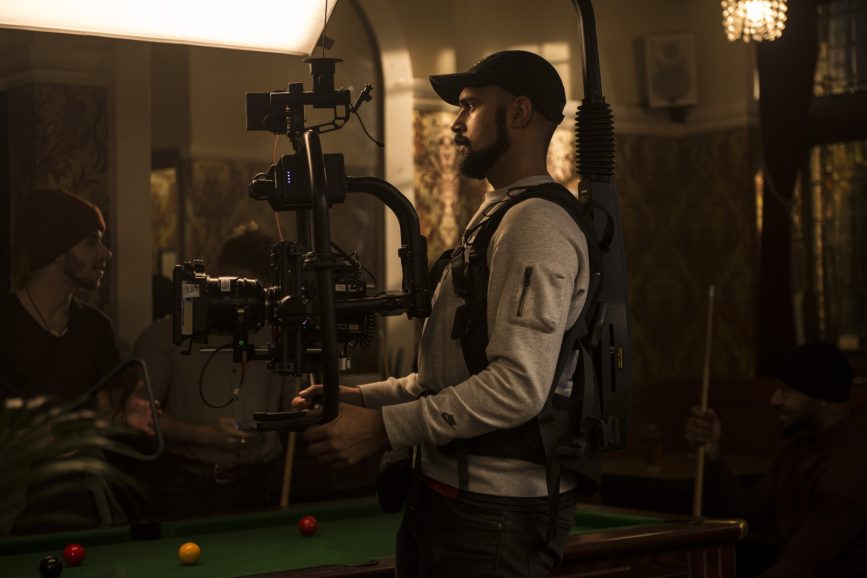
Who in the film world inspires you?
It’s my peers who inspire me most. At film school, I was directing and afterwards set up a company with friends. We shot scores of music videos, adverts, and short films, collaborating with lots of DPs, most of whom are still friends to this day. To name a few: Adam Scarth, Aaron Reid, and Justin Brown. One friend in particular, an extremely talented director, Teddy Nygh, gave me the opportunity and unwavering trust to develop in my role, collaborating with him on many projects, including our first TV show, PRU; now on Netflix.
What’s the most useful advice you’ve received, and from whom?
My mum and dad always tell me to trust my gut, do the right thing, and treat all people equally. Though it may seem boring and obvious, that advice has always held me in good stead. Having the confidence to stand by my instincts has been critical on set.
What advice would you give someone considering becoming a cinematographer?
Find a group of people who are as passionate as you are in other key positions, and make stuff—you have to go all in. I sold my car to make my first ‘proper’ short film. Be bold in your choices, and more is more at first.
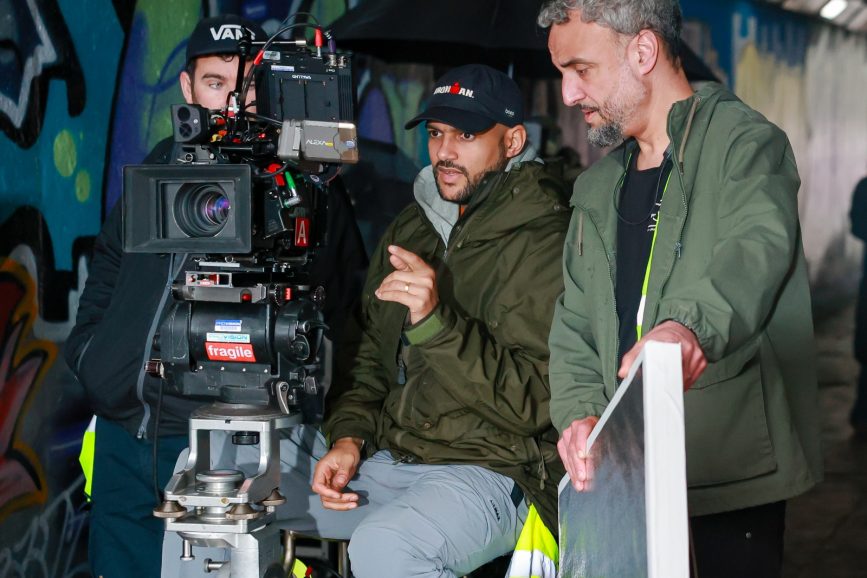
What have been your greatest triumphs and disasters on set?
Probably when my 1st AC shook his head while we were waist-deep in the sea and just about to switch from a MOVI rig to an underwater camera that wasn’t there… the team had been wiped out by a freak wave, and I had to keep going. This was during a live broadcast, narrative piece.
My happiest moments on set are when I’m operating the camera, close to an actor who is performing at their best, and I’m right there; the energy in that space is extremely delicate, and it’s a beautiful moment to experience.
What lights your fire outside of work?
I spend all my time playing with my daughters while they’re still young enough to want to hang out with me. I like to explore ancient history, run, and care for our garden.
What has been the biggest challenge in your career, and how did you overcome it?
After changing my career path to cinematography, everyone still saw me as a director. I had to turn down lots of work that I couldn’t afford to. Hanging in there long enough to get opportunities has been the trickiest element. Doing work that’s not necessarily my true north allows me the opportunity to remind myself how grateful I am to take part in our industry, and it enables me to stay in the game financially.
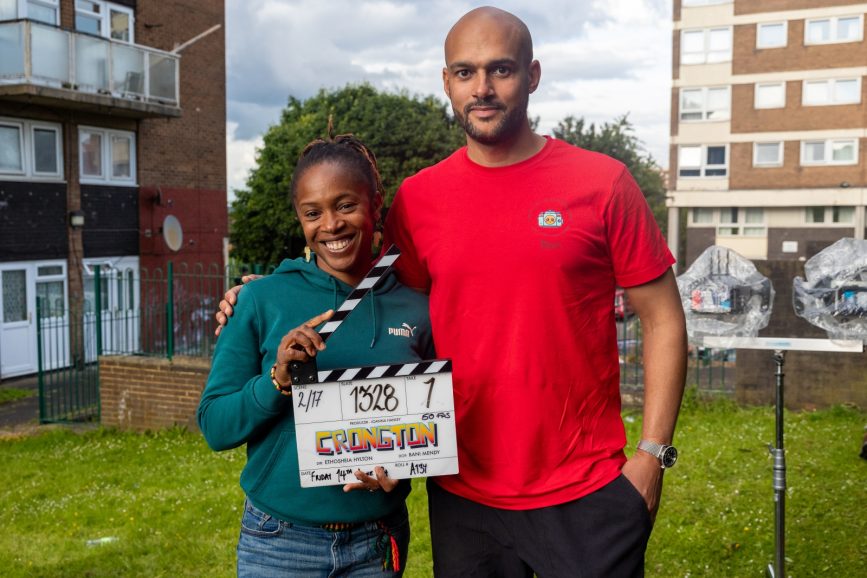
What piece of kit could you not live without?
My smartphone and notebook for recces, my iPad, and light meter on set. The most-used apps are Sun Seeker, Artemis, Shot Designer, and Scriptation.
Which film would you love to have shot?
There Will Be Blood.
Which productions are you most proud to have lensed, and why?
Note To Self, with director Benoit Swan-Pouffer at Rambert. This project was conceived by Benoit as he witnessed his mother’s memory fade—a love letter to his dear mum. It explores moments in her life, expressed through drama and conceptual dance, over one hour; broadcast live. We embedded the camera within the ensemble, opening the story to the lens rather than a stage. I operated two 22-minute long takes with no cuts during each of the four live broadcasts, and it was the most exhilarating experience I’ve had on set.
Making PRU was huge because it is a project so dear to our hearts, and Teddy, myself, and our wider team ascended together.
Every time I work with Evie Golding (To Be A Woman, Journey Of Self), I know we’ll be collaborating on a story with meaning, and there will be powerful performances—that always excites me.
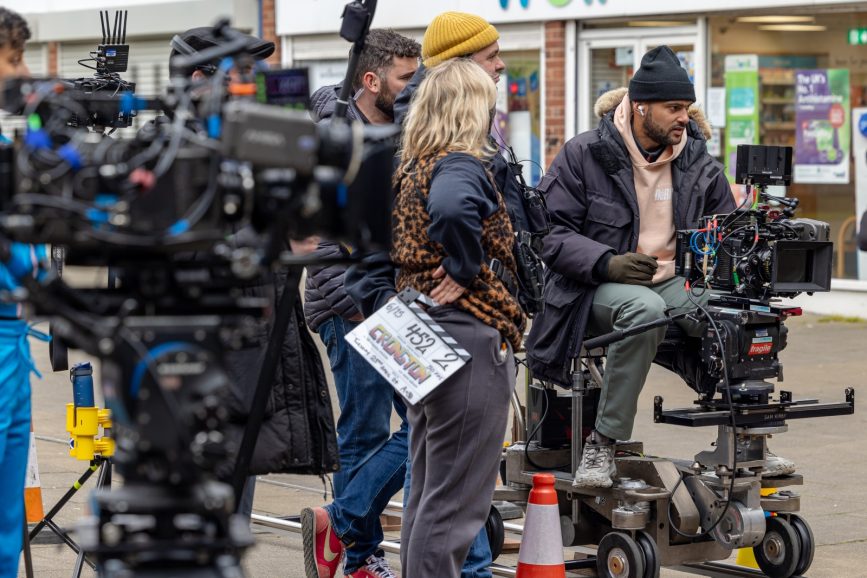
What’s the best and worst thing about your job?
I was warned that this industry can be tough on your relationships, and that’s definitely been the case. I am so very lucky to have the full support of my wife, both of our parents, and my beautiful girls; they are the most crucial members of my team. The best is that I’m doing what I truly love and am able to support my family—this has a compound positive effect on my daughters’ perspective on life.
How would you best describe your approach to cinematography?
The question I ask perpetually is, “What is in the frame and why?” This keeps me honest, allows me to question everything from a place of integrity, and ultimately guides me through both clear and murky waters. This question can only be answered with confidence once I have prepared meticulously in collaboration with all departments; so when an odd colour or item or anything unforeseen appears, I can get an answer that resonates with the motivations we’ve previously discussed.
What are your aspirations for the future?
I am so filled with gratitude and joy for the opportunities that are being presented to me, and the ultimate journey will be working with a few special people, bringing stories that we love and care about to audiences that are appreciative of the art and benefit in some way from having interacted with the worlds we create—preferably with successful cinematic releases!
What do you think are the industry’s biggest challenges?
It is my great hope that we can solve some of our society’s greater ills and cultivate a more nurturing environment for us all to live in. I believe film is an integral art form; it can positively affect an individual and therefore a society. In such dire times, art can be mistaken as an extravagance.
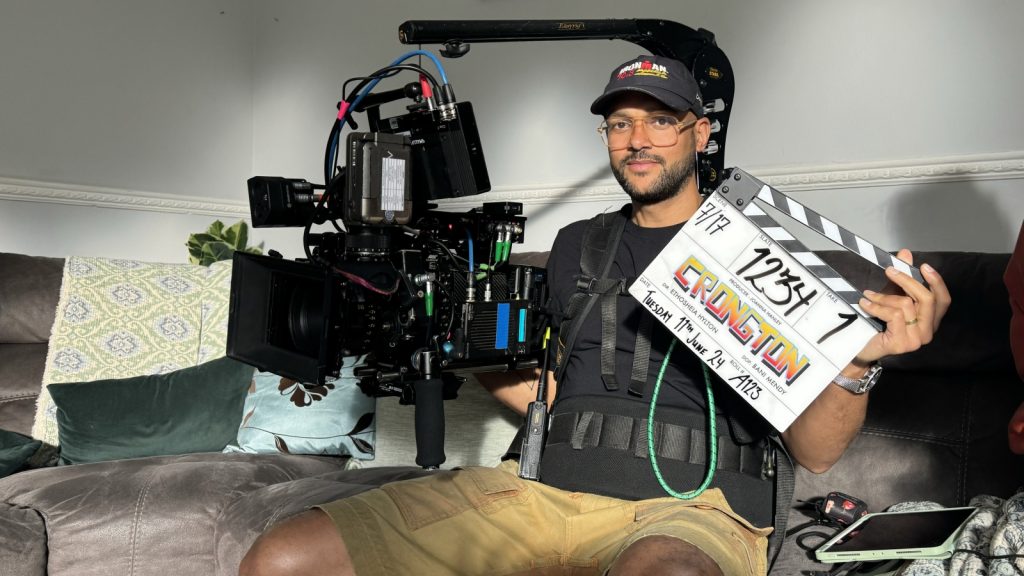




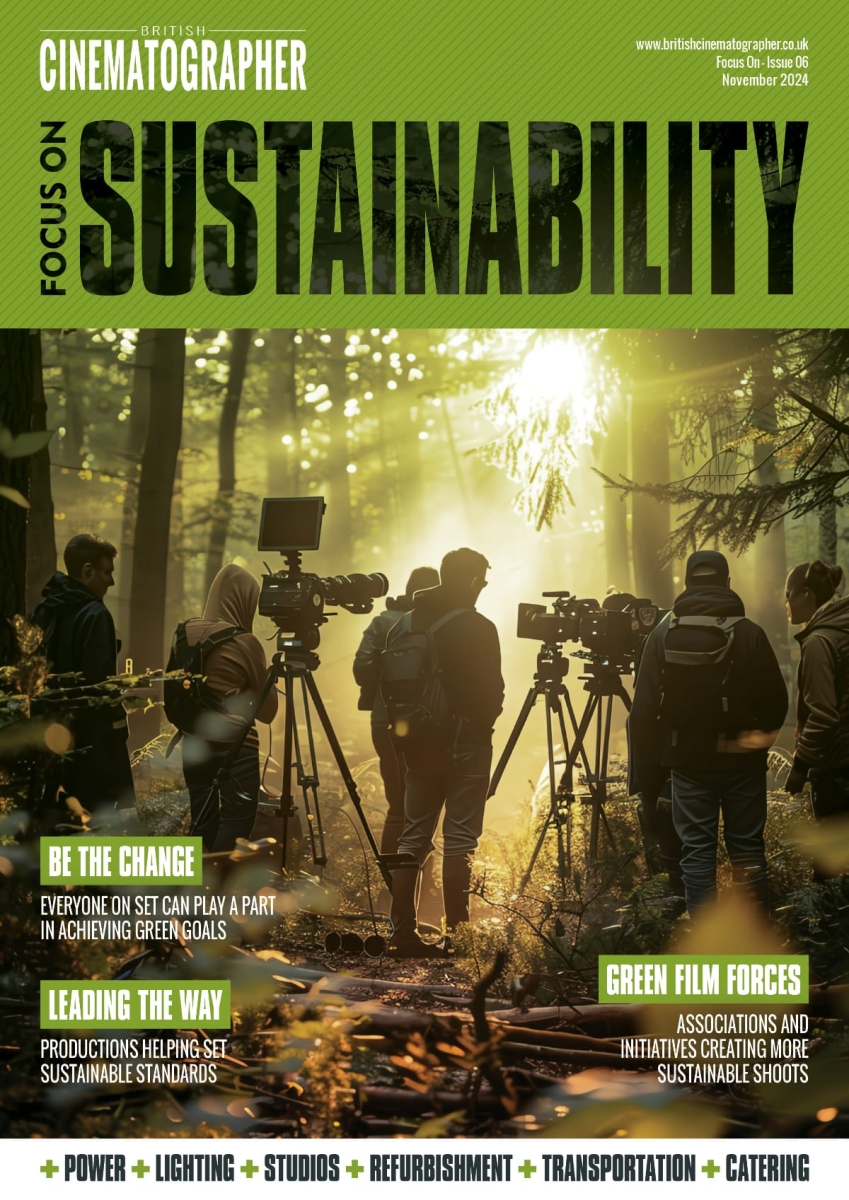
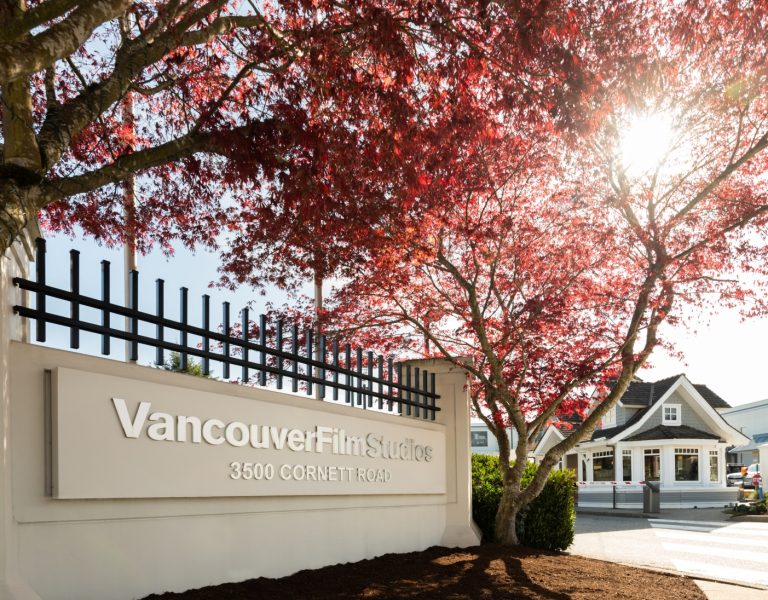
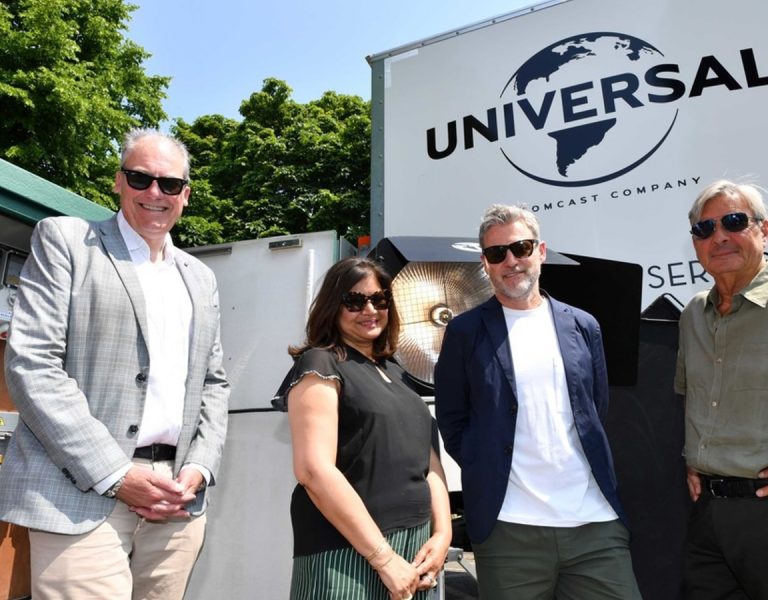
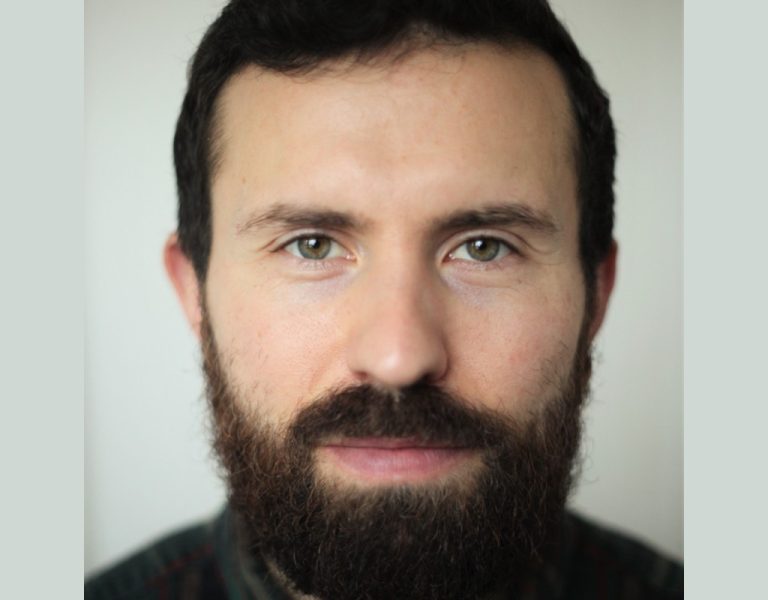
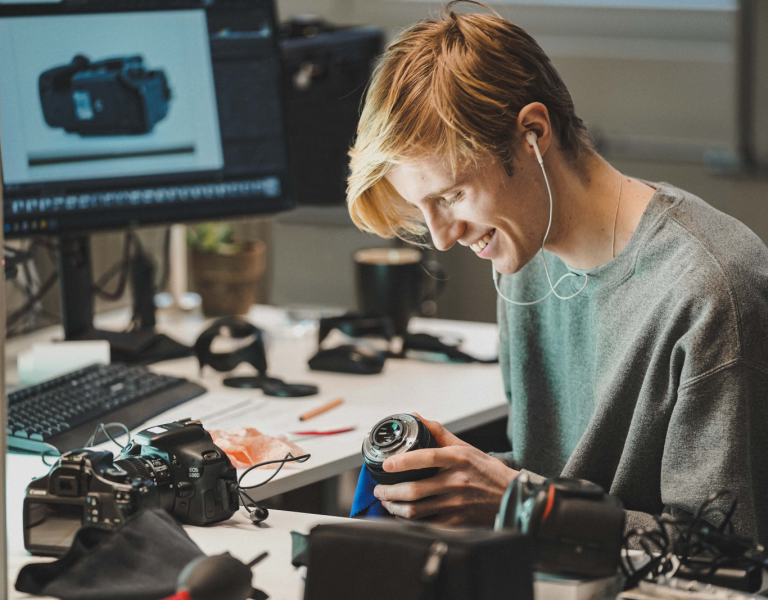
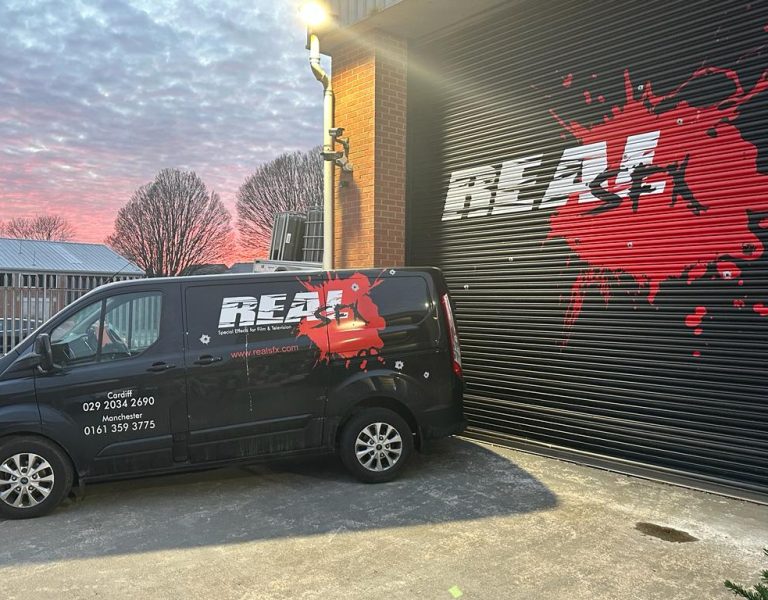
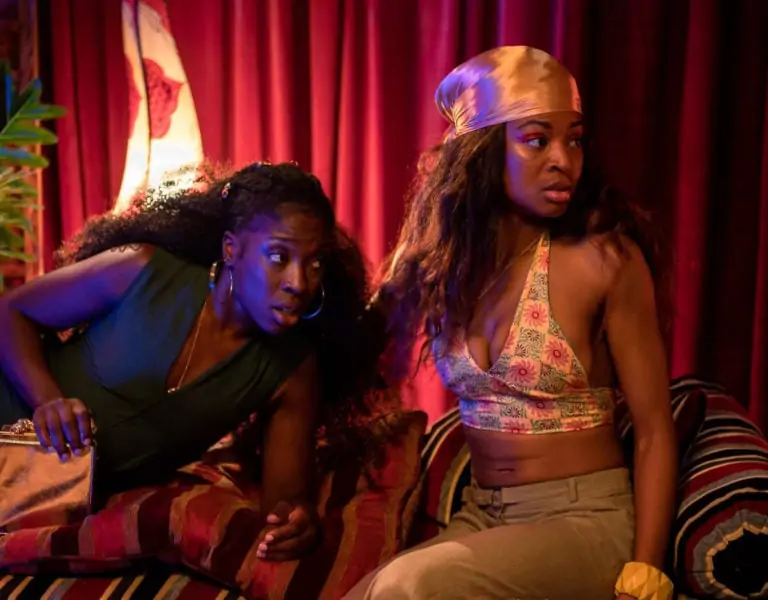
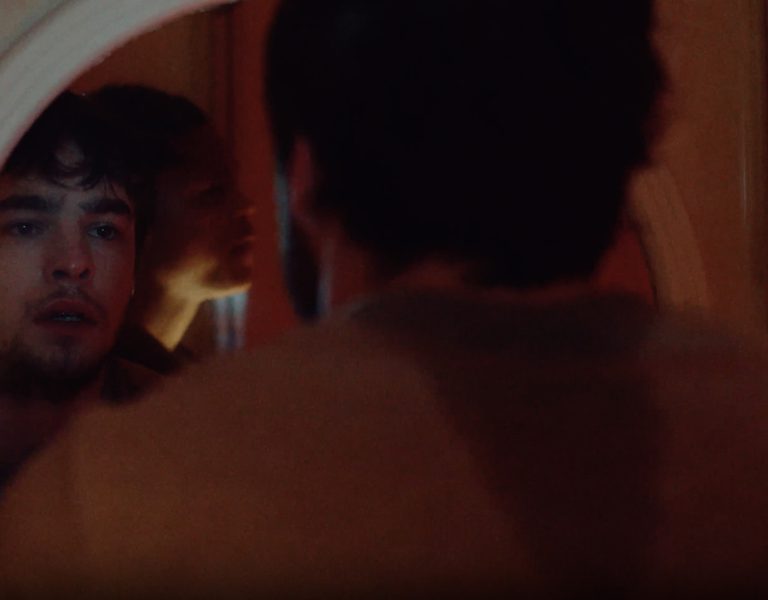
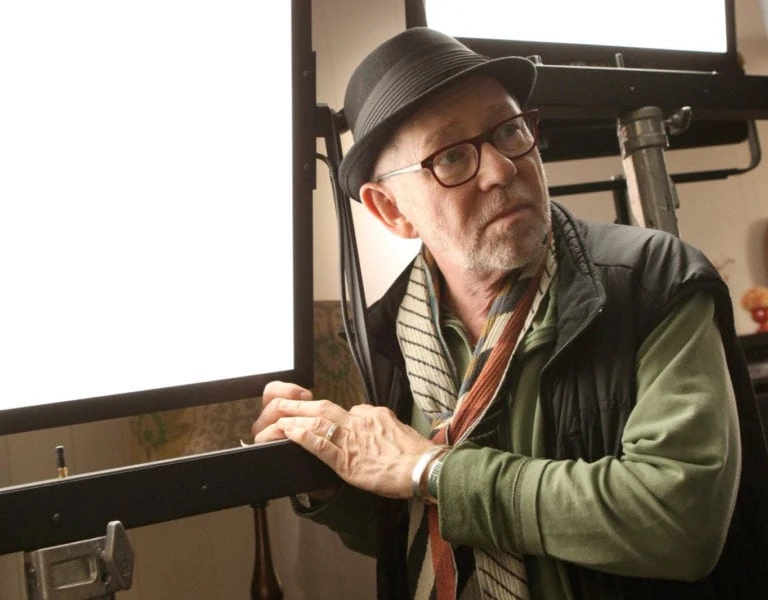
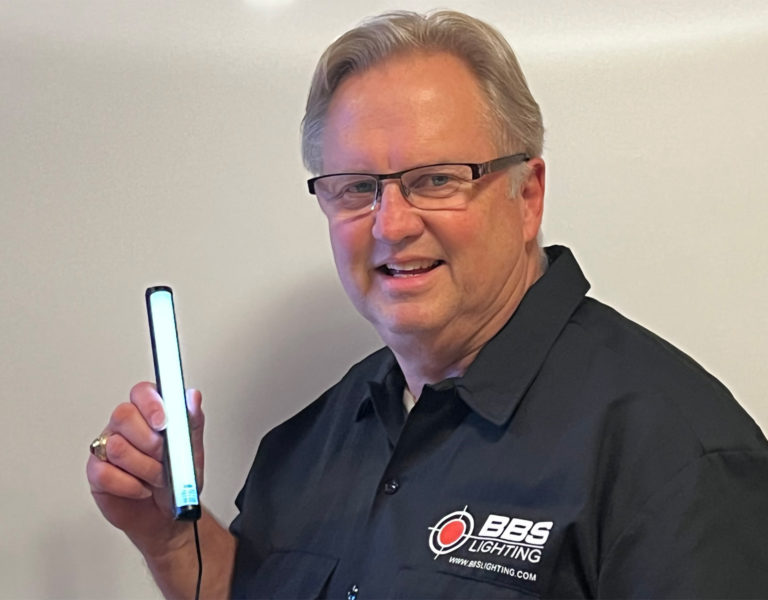

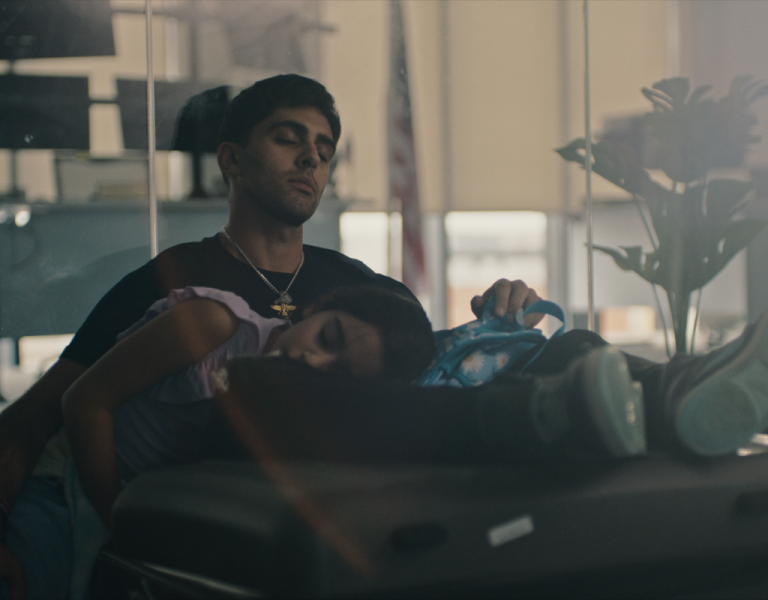
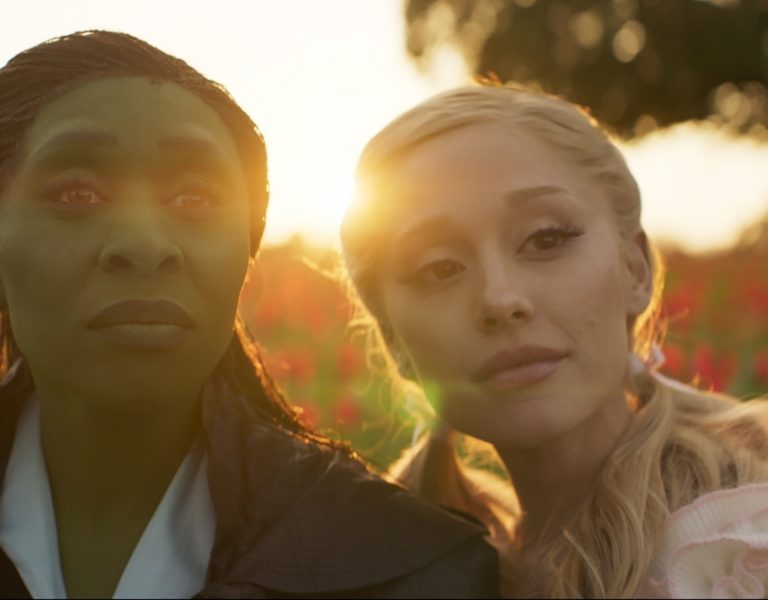
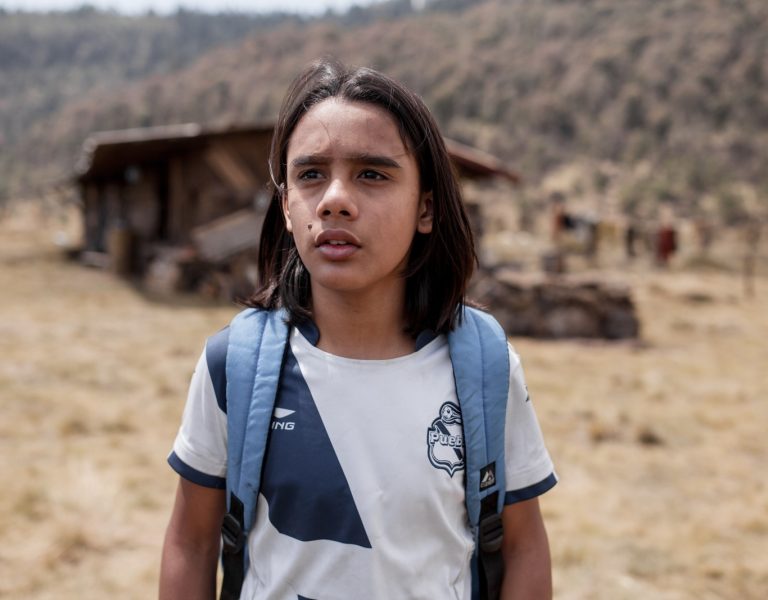
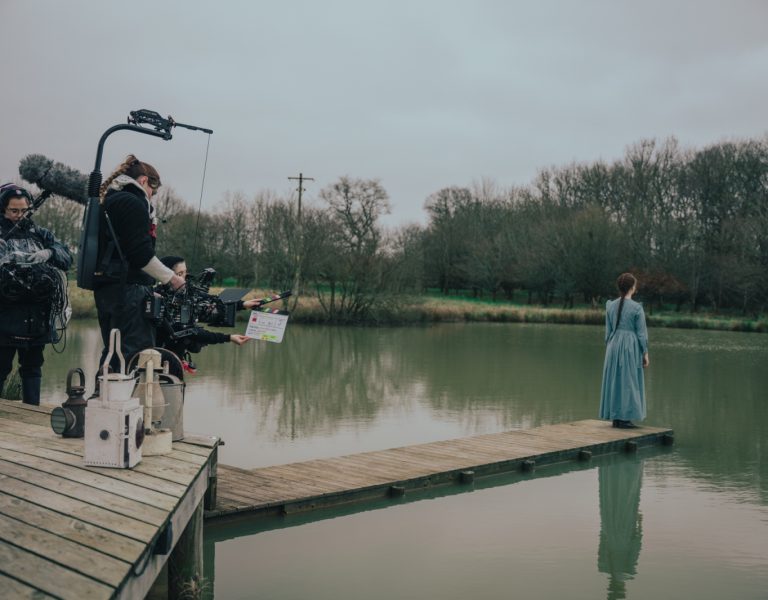
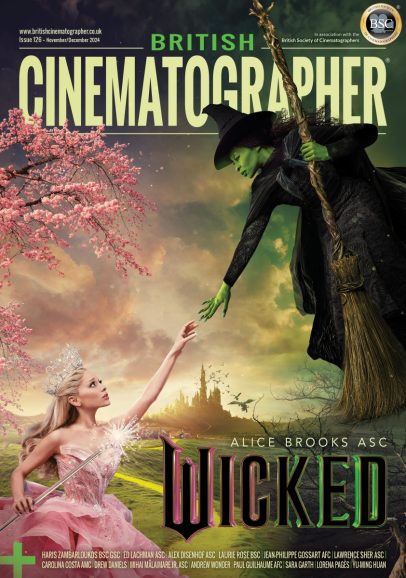

Comment / April Sotomayor, head of industry sustainability, BAFTA Albert